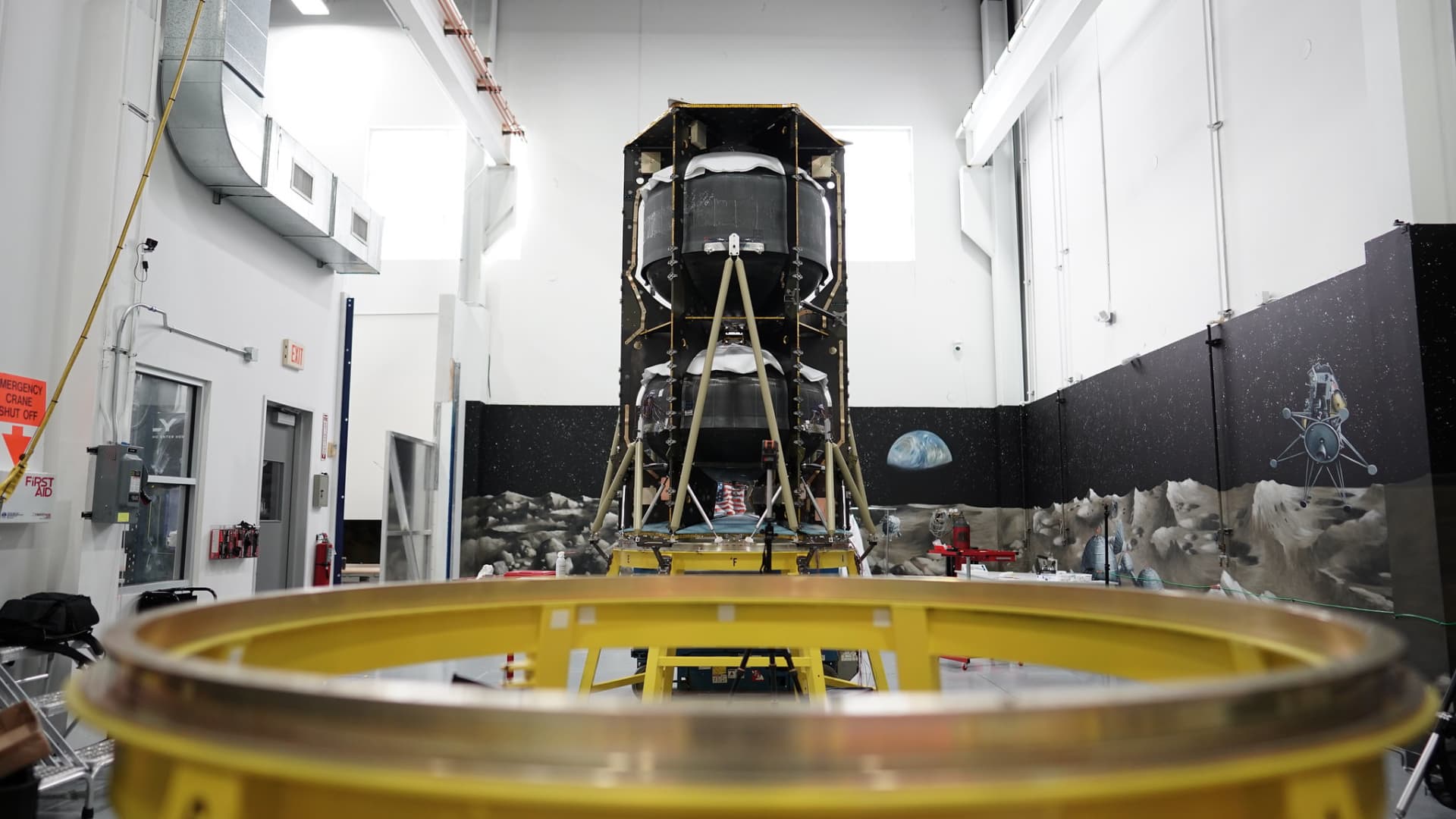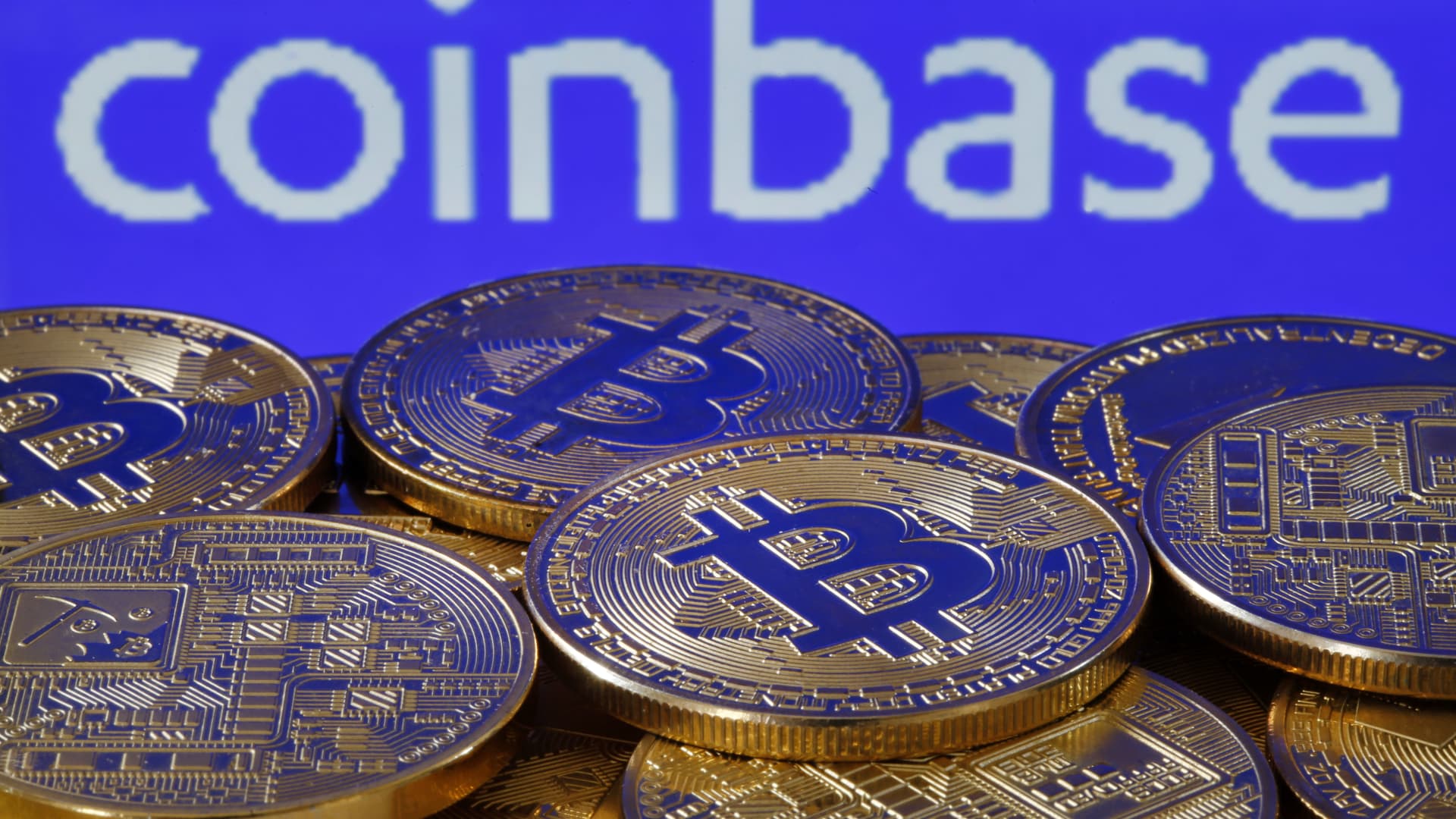US Markets
Friday, August 30th, 2024 3:04 pm EDT
Key Points
- Inflation and Core PCE Increase: In July, the personal consumption expenditures (PCE) price index, a key inflation measure, rose by 0.2% for the month and 2.5% year-over-year, with core PCE (excluding food and energy) also up 0.2% for the month and 2.6% annually, slightly below expectations.
- Fed’s Interest Rate Strategy: The Federal Reserve is expected to enact its first interest rate reduction in over four years in September, with markets predicting a quarter-point cut, though a half-point reduction remains possible as the Fed balances inflation control with labor market support.
- Economic Outlook and Labor Market Focus: Despite signs of inflation stabilization, the Fed is shifting focus towards supporting the labor market amid rising unemployment concerns, with attention now on the upcoming nonfarm payrolls report, expected to show an increase of around 175,000 jobs.
In July, inflation edged slightly higher, according to the personal consumption expenditures (PCE) price index, a key measure closely watched by the Federal Reserve. The Commerce Department reported that the PCE index rose by 0.2% for the month, marking a 2.5% increase from the same period a year ago, in line with expectations. Excluding volatile food and energy prices, the core PCE also saw a 0.2% rise for the month, with a 2.6% increase over the past year, slightly below the projected 2.7%. The Federal Reserve tends to focus more on the core reading as a reliable indicator of long-term inflation trends. Both core and headline inflation on a yearly basis remained consistent with June’s figures.
A deeper look into the report reveals that core prices excluding housing only rose by 0.1% in July, but shelter costs remained persistent, increasing by 0.4%. Personal income saw a modest rise of 0.3%, just above the expected 0.2%, while consumer spending grew by 0.5%, consistent with forecasts. Despite strong spending, the personal savings rate dropped to 2.9%, its lowest since June 2022. Inflation remained relatively stable over the past month, with goods prices falling slightly by less than 0.1% and services prices rising by 0.2%. Over the year, goods prices decreased marginally, while services prices surged by 3.7%. Food and energy prices also rose, with food up 1.4% and energy increasing by 1.9%.
The market reaction to the data was subdued, with equity futures slightly higher and Treasury yields rising. Economists like Joseph Brusuelas of RSM interpret the data as indicating the re-establishment of price stability across the U.S. economy, suggesting that the economy is poised for growth at or above the long-term rate of 1.8%. As the Federal Reserve prepares to begin its rate-cutting campaign, with markets fully anticipating a reduction in September, this data supports increased risk-taking in the commercial sector and among investors. The focus of the Fed is expected to shift from an almost exclusive emphasis on reducing inflation to also supporting the labor market, which, despite a low unemployment rate of 4.3%, has shown signs of a slowdown in hiring. Attention now turns to the upcoming nonfarm payrolls report for August, which is expected to show an increase of around 175,000 jobs.
For the full original article on CNBC, please click here: https://www.cnbc.com/2024/08/30/pce-inflation-july-2024.html




